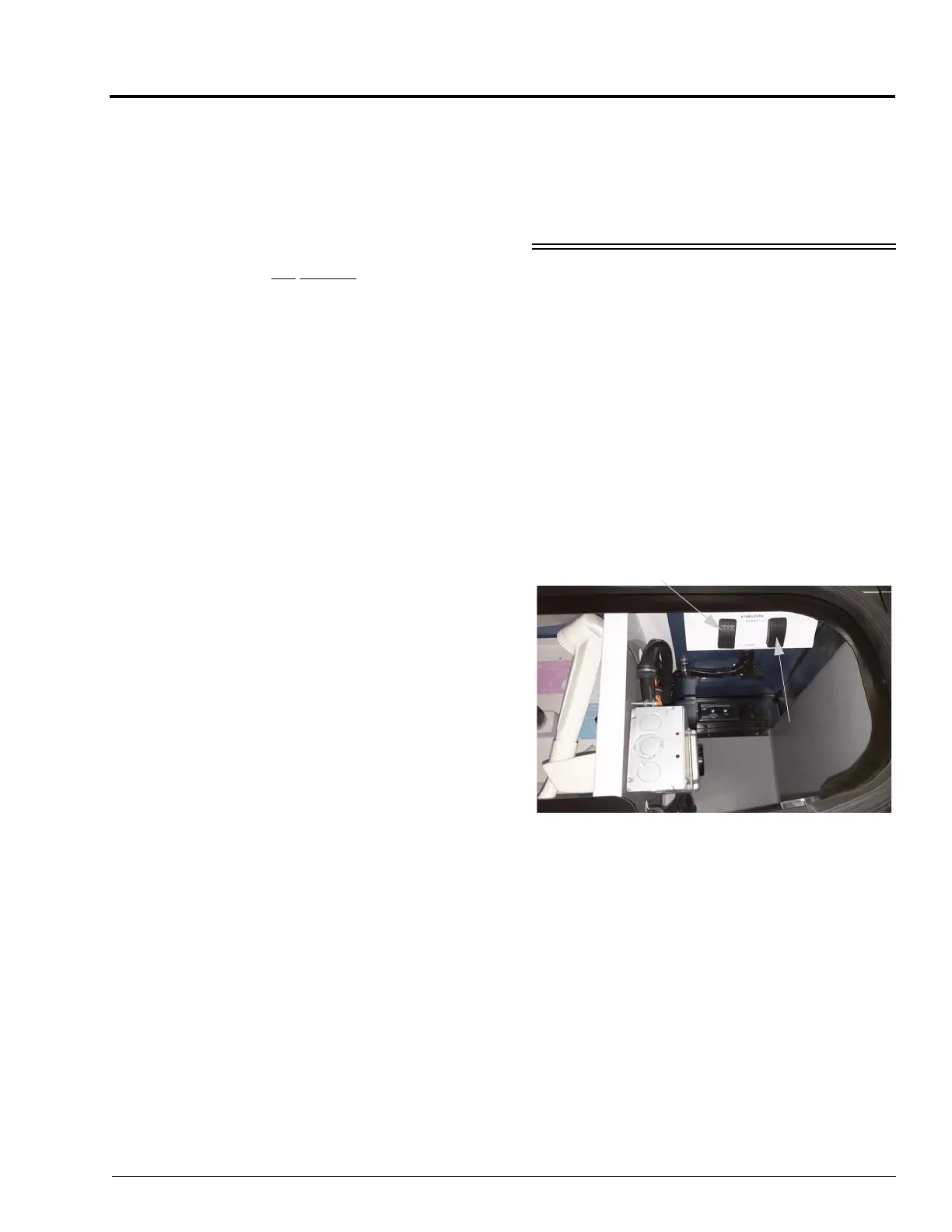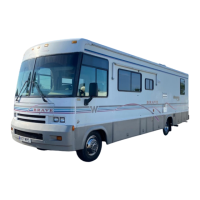12-5
SECTION 12 –
MISCELLANEOUS
this definition, the “trailer” can be a trailer, a
vehicle towed on a dolly, or a vehicle towed by
means of a tow bar. GCWR is typically specified
based on durability and performance of the tow
vehicle drive train: engine and cooling systems,
transmission, drive line, drive axle, and others.
The tow vehicle brakes may be rated for
operation at GVWR, not GCWR.
NOTE: State or provincial laws/regulations may
require the “trailer” to be equipped with
brakes that are activated when the motor
home brakes are applied. The user is
responsible to know and understand the
laws of the state or province being
traveled. The Department of
Transportation in a given state or
province should be able to provide
specific information.
Hitch Ratings
SAE Standard J684 defines:
• Class 1 trailers as “GVWR not to exceed
2,000 lbs”.
• Class 2 trailers as “GVWR over 2,000 lbs. and
not to exceed 3,500 lbs. GVWR”.
• Class 3 trailers as “GVWR over 3,500 lbs. and
not to exceed 5,000 lbs. GVWR”.
• Class 4 trailers as “GVWR over 5,000 lbs. and
not to exceed 10,000 lbs. GVWR”.
Hitches are to be permanently marked with
“Maximum trailer GVWR to be drawn” and
“Maximum vertical tongue weight to be
imposed.” The SAE standard does not specify a
vertical load rating.
Traditionally, hitches are labeled 3,500/350 as
Class 2, 5,000/500 as Class 3, and 10,000/1,000
as Class 4. The vertical tongue load value of 10
percent of drawn rating comes from the
collective experience that 10 percent is the
minimum value that provides stable towing of a
trailer.
NOTE: Some Winnebago Industries
®
models
equipped with a Class 3 hitch may have a
label limiting vertical tongue load to 350
lbs. On a 228" wheelbase, a 500-lb. load
on a hitch 11' from the rear axle will
apply about 800 lbs. at the axle.
The user must verify that the hitch equipment
being used is adequate for the application.
STABILIZING JACKS
–If Equipped
Your coach may be equipped with stabilizing
jacks to help stabilize the coach from movement
while parked. Do not attempt to lift your coach
with the stabilizing jacks.
• To extend the jacks, the ignition key must be
in the off position.
• The jacks may be retracted with the ignition
key in the on or off position.
Stabilizing Jack Switches
(Located in driver side rear compartment)
-Typical View
Driver Side
Stabilizing Jack
Passenger Side
Stabilizing Jack

